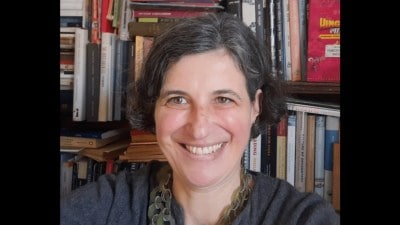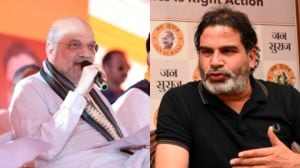Be a non-resident villager to bridge the digital divide
PUNE, JULY 28: Computers existed only on Doordarshan. Until the village sarpanch, postman and headmaster in 20,000 hamlets of rural Mahara...

PUNE, JULY 28: Computers existed only on Doordarshan. Until the village sarpanch, postman and headmaster in 20,000 hamlets of rural Maharashtra decided it was high time the local farm hands actually touched what townsfolk call a CPU and keyboard.
When 3,78,000 Hindi, Marathi and Gujarati schools from the heart of rugged India in Maharashtra, Madhya Pradesh, Gujarat, Uttar Pradesh and Rajasthan wrote back, gripped by information technology fever in response to only 31,000 mailers on computers and IT from Rural Relations, a Pune-based social organisation, they triggered a silent revolution this year.
On Friday, five secondary schools in the hinterlands of Satara will welcome a computer for the first time. “Used” computers, donated anonymously by successful sons of the soil who have moved out of villages and now want to “give something back to their roots”. The first of 50 such schools in Satara, Solapur and Kolhapur over the next 20 days. And an early target of 100 schools and 30,000 students who have never seen a computer before.
With 28,000 secondary schools in five states waiting to bridge the digital divide for their students, Pradeep Lokhande, director of Rural Relations, wonders how to get there. Especially when only three of the 900 corporates in India bothered to respond to appeals for donations of used computers.
In strong contrast, a curious class V student from Wai, Satara, writesback asking just “who invented the computer, when and where” after fiddling with the“CPU five times so far”. Another from Umbargaon solemnly promises to “study hard on the computer and make it big”, while Kumar from Shergaon asks whether his school could “please have a second computer. One is not enough”.
The strategy is simple. “We have identified 28,000 feeding market villages with a population of 2,000 to 10,000 each, where hundreds more interact during the weekly bazaar,” says Lokhande, who has visited 4000 villages in five states. The IT message is spread through the village sarpanch, postman, headmasters and shopkeepers, whom Lokhande calls “opinion leaders.” This covers 50 per cent of India’s villages, 1.5 million secondary students, and three million village teachers.
While the computers may teach only DOS, the aim is to break the mental block. “The idea behind gifting used computers is to encourage students to get rid of the fear of machines,” says Lokhande, who banks on the sensitivity of village success stories to donate the PCs, and be a part of the Non-Resident Villager (NRV) movement. Only schools with a trained computer teacher are selected for the gift. Students in 12 schools, have benefited since ’99.
Like Priya Limar from Satara, who wrote a letter of thanks, convinced that “the village students can now cross the rural-urban barrier and move ahead in today’s competitive world.”
Rural Relations, with plans to launch hygiene, health and oral care campaigns soon, can be contacted at 020-6811526 or rural@pn3.vsnl.net.in or ruralrelations.com
INFO BOX:Nine hundred letters to VIPs, corporates and politicians appealing for old computers that just may be discarded anyway, yielded only three responses.
Set off this national apathy, with the feelings of simple village lads from class III to X. Inspired by the story of president K.R. Narayanan walking 12 kms to school every day, 42,000 village kids wrote back to Rural Relations after Narayanan was sworn in as President in ’97. Postcards that simply said Narayanan’s story had motivated them to think big and hope for a computer-literate tomorrow.



- 01
- 02
- 03
- 04
- 05




























